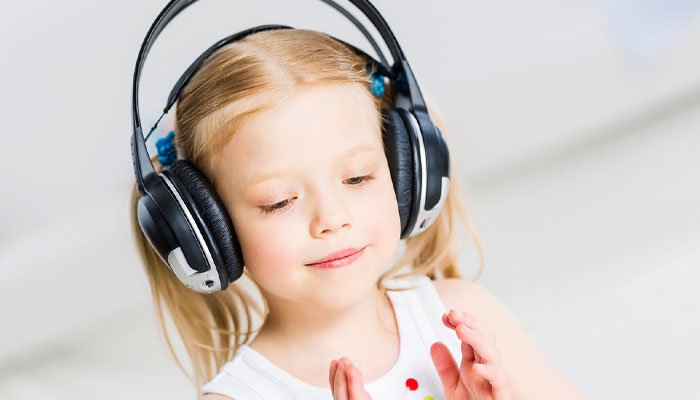- +91 7680015156
- advaithacdc@gmail.com
Music Therapy: Study Says Music Key for Non-Verbal Children and Children with Speech and Language Delays
- Home
- Blogs
- Music Therapy: Study Says Music Key for Non-Verbal Children and Children with Speech and Language Delays
This article explores the benefits of music therapy in enhancing learning abilities and academic performance, especially in individuals with learning difficulties. For your ease, some affiliate links are included. To explore more about music therapy, kindly fill out the form provided below.
Integrated Learning Strategies (ILS) is an educational and academic support center. Please note that ILS does not function as a healthcare facility and does not provide any diagnosis or clinical treatment. If your child or student may require an official evaluation or medical assistance, we recommend reaching out to a qualified healthcare provider.

The Origins of Music as a Healing Practice
The therapeutic use of music can be traced back to ancient Greece. Philosophers like Plato and Aristotle believed in the power of music to support emotional and physical healing. Aristotle proposed that creating an ideal environment, which included music, could promote recovery. During that time, healing temples featured both hymn specialists and medical practitioners to assist individuals suffering from various ailments (Gfeller, K. E., 2002).
The modern practice of music therapy emerged following World War I and II, when musicians played for soldiers coping with trauma. Medical professionals began noticing its calming and uplifting effects. Since then, music therapy has gained traction through ongoing research and clinical application.
Understanding Entrainment in Music Therapy
You might have come across the term “entrainment” before. In physics, entrainment refers to the synchronization of two systems or objects that begin moving in harmony. This process is more energy-efficient and often occurs naturally when two entities are near each other.
In the human body, this can be observed when we exercise to music. For instance, during a jog, your strides often begin to align with the rhythm of the music. Similarly, at a live concert, people instinctively move in sync with the beat — whether it’s nodding their heads or tapping their feet.
Our heartbeat and breathing patterns also follow a natural rhythm, which can be influenced by music. The tempo of a tune can either energize or relax us, affecting heart rate, respiration, and overall central nervous system function. Simply put, music stimulates both physical response and emotional expression.
Core Benefits of Music in Development
- Promotes physical movement and coordination
- Grabs and holds attention effectively
- Allows for emotional expression and release
- Inclusive for individuals across all skill levels
- Activates multiple areas of the brain simultaneously
- Enhances the learning process through rhythm and repetition

Articles
- 7 Strategies to Accomplish Positive Compliance with Retained Primitive Reflex Integration
- Child with Zinc Deficiency may show signs of Learning Challenges
- Hands-Grasping Reflex Delays Handwriting and Speech Development if Retained
- Deep Breathing Activities to Calm Sensory Meltdowns and Ground Emotions
- 3 Retained Primitive Reflexes Responsible for Poor Balance
- toe walking
- Anxious Behavior
- Retained Primitive Reflexes that Cause Sensory Sensitivities
- Retained Primitive Reflexes Causing Picky Eating, Sugar Cravings and Compulsive Eating
- Tactile Defensiveness
- 10 Fun Activities to Boost Your Child's Speech Development
- Exploring Learning through Play: Educational Activities for Kids
- Why Crossing the Midline Activities Helped this Childrens Listen to his Teacher
- Music Therapy: Study Says Music Key for Non-Verbal Children and Children with Speech and Language Delays
- Tactile Toys for Sensory Defensiveness and Tactile Stimulation

